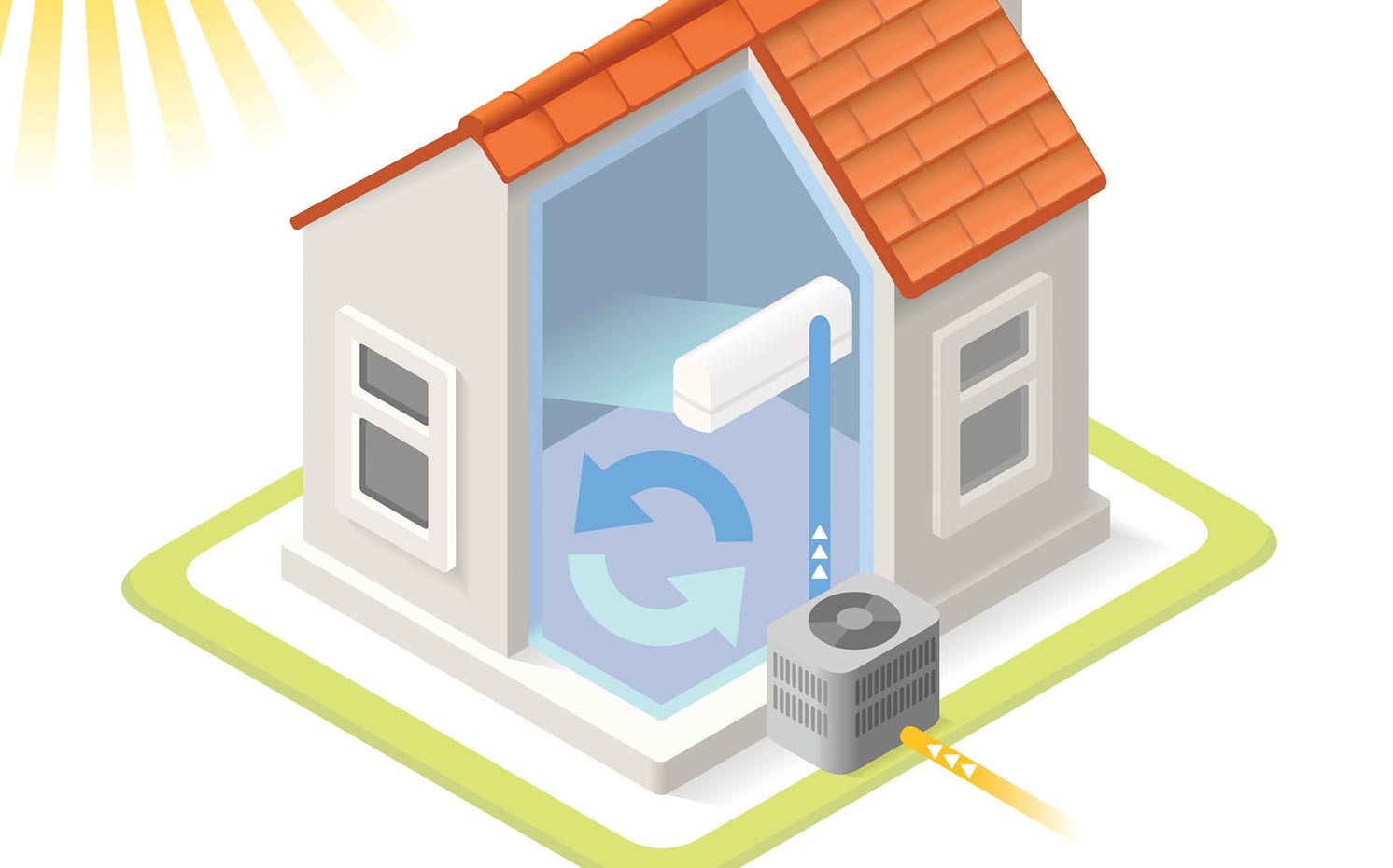
How to Get the Air Moving in Your Home
 When you think about a comfortable home in the summer, you certainly don’t think about letting in the air from outside your home. Regardless of the temperature outdoors, most spaces in your home need to be well ventilated in the summer and winter months. A whole house fan is a great way to circulate the air in your home and is much more affordable than running an air conditioner. A ceiling fan is another great way to help circulate the air in a room of your home. During the summer months, a ceiling fan will pull up the cool air from the floor and in winter months (reversed) the fan will push down the warmer air that accumulates around your ceilings.
When you think about a comfortable home in the summer, you certainly don’t think about letting in the air from outside your home. Regardless of the temperature outdoors, most spaces in your home need to be well ventilated in the summer and winter months. A whole house fan is a great way to circulate the air in your home and is much more affordable than running an air conditioner. A ceiling fan is another great way to help circulate the air in a room of your home. During the summer months, a ceiling fan will pull up the cool air from the floor and in winter months (reversed) the fan will push down the warmer air that accumulates around your ceilings.
Helping Your House Breathe
When the weather is scorching hot, you need to have proper ventilation in your attic to keep the extreme temperatures from transferring to your living space. Without proper ventilation, the warm air transfer will continue to overwork your air conditioner and drive your energy bills up. To overcome the intense heat you need to strategically place a series of vents in your roof and eaves to allow cooler air to replace the warm air in your attic. A ventilated attic can easily lower the temperature from 150 down to 115 degrees.
During the summer months, a whole house fan can draw in cool air through open doors and windows and exhaust it through the attic. It is important to turn off the fan when you close the windows and doors. If you forget, you can burn out your fan motor quickly as it won’t be able to draw any air.
Top Ways to Improve Circulation
– Add vents to your eaves, gable, foundation, rafters, and roof
– Install a ceiling fan
– Install an attic or whole house fan
– Open windows at different ends of your home
Another great way to improve your home’s circulation is adding vents throughout your home. Vents come in many different sizes and shapes. There are several different types of vents and you can add a vent to several different locations. You can add a vent to your soffit or eaves, ridge or roof, gable, foundation, rafters, and ceilings.
If you are interested in improving your home’s air movement, you may want to consider a home energy audit. The cost of a home energy audit is offered back from Excel Energy in the form of a rebate. This will allow us to completely analyze where your home is losing energy and what needs to be done to save you money on your utilities. Your home energy audit will include a full report and our recommendations and estimates to fix any problems we find. Call us today (303) 227-1000 to schedule your in-home visit today.
"*" indicates required fields


